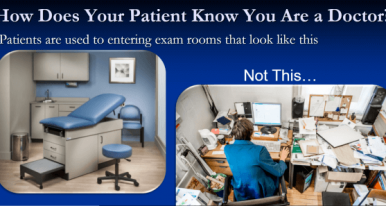Central to effective and equitable implementation of telemedicine care is engaging a diverse patient population. This is one of the most pressing areas of consideration to ensure telemedicine does not worsen existing health disparities.
While smartphone ownership in the US continues to climb, the digital divide in the US persists for many. Groups with the lowest rates of home Internet use and smartphone ownership include low-income Americans, older adults, and those living in rural areas. In addition, more than a quarter of low-income individuals use their smartphone as their only online access point, without home internet, presenting challenges for sufficient data/bandwidth to connect to video visits. Finally, barriers related to digital literacy — the skills to be able to use email, apps, and other online tools — are common for many patients even if they have access to a device. Health care systems can screen patients’ digital access and skills, allowing for improved alignment between workflows and patient needs. Screening could also include patient preferences for communication (in-person, phone, text, email, etc.), to ensure support for digital modalities while simultaneously supporting patient preferences for their care.
- San Francisco Health Network: Zoom Video Visit Patient Sign-Up and Onboarding Script — This resource provides a script for contacting and signing up patients for Zoom video visits, including questions about patients’ preferred modality (“Would you be interested in doing a video visit instead of a telephone visit for your appointment?”) as well as device capabilities (“Do you have a device with a camera?”), internet access (“Do you have wifi or an unlimited data plan?”), and digital skills (“Do you need help setting up for zoom?”). It also includes a script for onboarding video visit patients to Zoom once they have a video visit set up, including language specific to different types of patient devices. This tool was created by the San Francisco Health Network — a public network of clinics, hospitals, and programs within the Department of Public Health in San Francisco, California that connects San Franciscans to quality health care regardless of immigration status or lack of insurance — as part of their work through CCI’s Connected Care Accelerator.
- Los Angeles County Department of Health Services: Video Visit Screening & Script — This script is used to inform and screen patients for Zoom video visits. It includes a brief overview of why patients might be interested in signing up for a video visit (e.g. “There is no travel time or transportation cost.” “You’ll be able to show your provider anything you would like to instead of trying to describe it over the phone.”) as well as screening questions to assess Internet and device access. It makes clear that the screening questions to assess patients’ readiness for video visits are asked of every patient and provides sample responses to use when patients are, or are not, ready for a video visit. This tool was created by the Los Angeles County Department of Health Services – an integrated public health system that provides health services to residents of Los Angeles County, California and is the second-largest municipal health system in the nation – as part of their work through CCI’s Connected Care Accelerator.
- San Francisco Digital Equity Initiative: SF Digital Equity Playbook — This PDF includes concrete guidance on assessing digital access and skills. This playbook includes sample intake forms which could be used to screen patients’ digital needs on page 16.

San Francisco Digital Equity Initiative - UCSF Center for Vulnerable Populations: Sample Questions to Screen Patient Digital Needs — This PDF includes questions health care systems can adapt and use to assess patients’ digital needs, including internet use, device access, broadband and data plan access, and confidence using technology.




